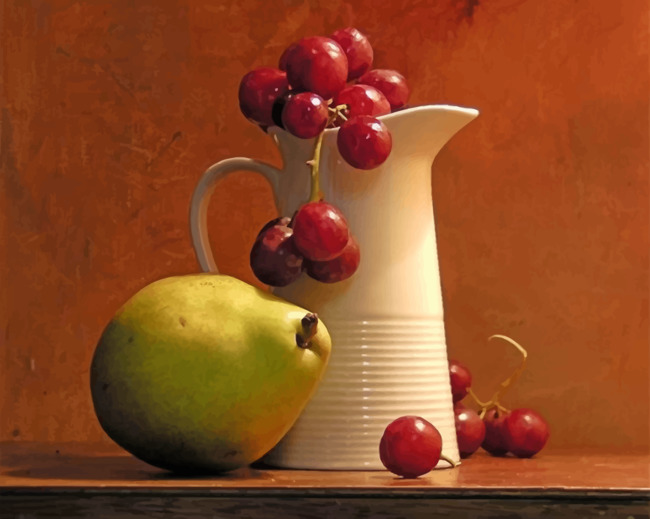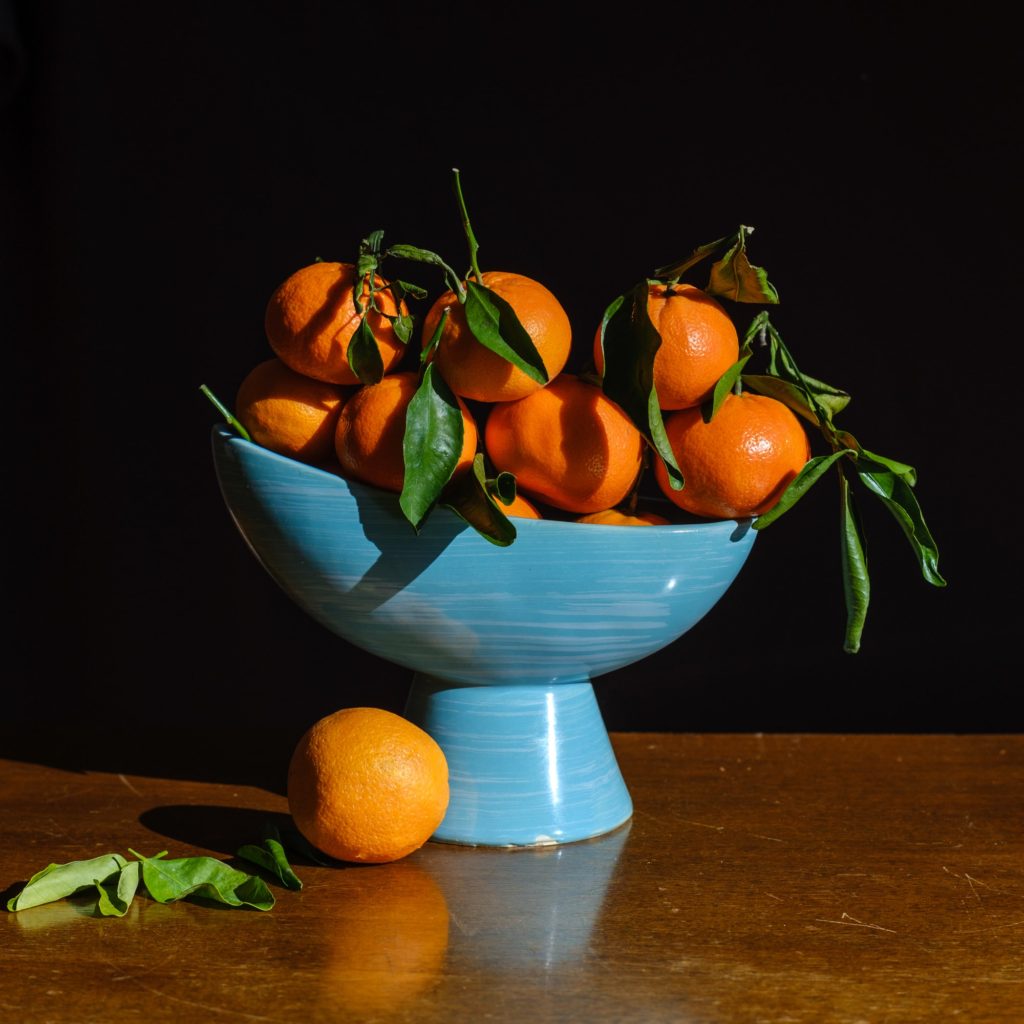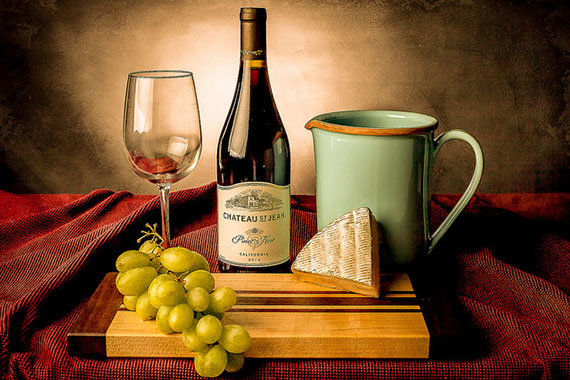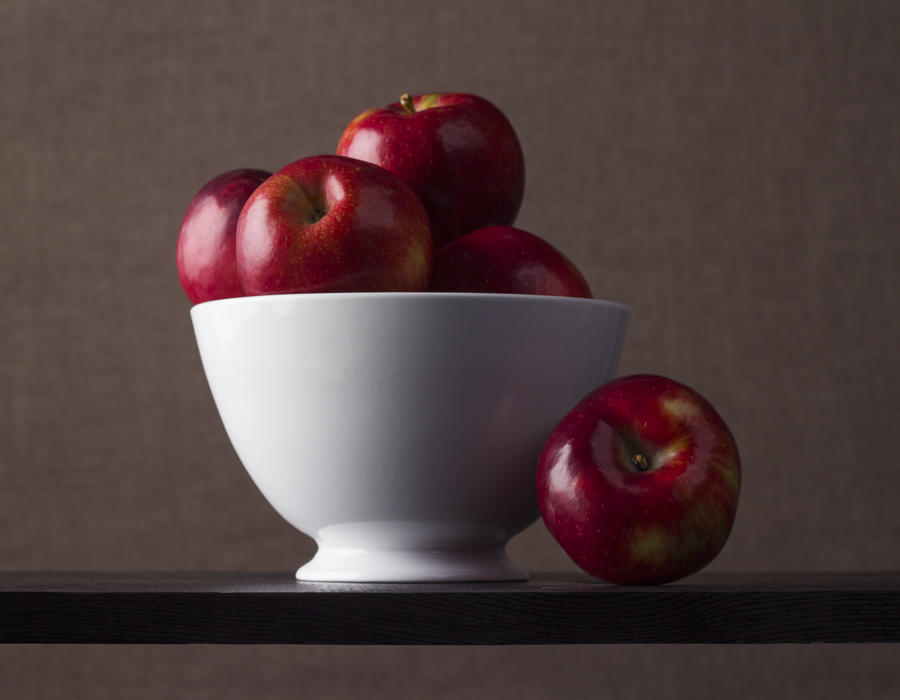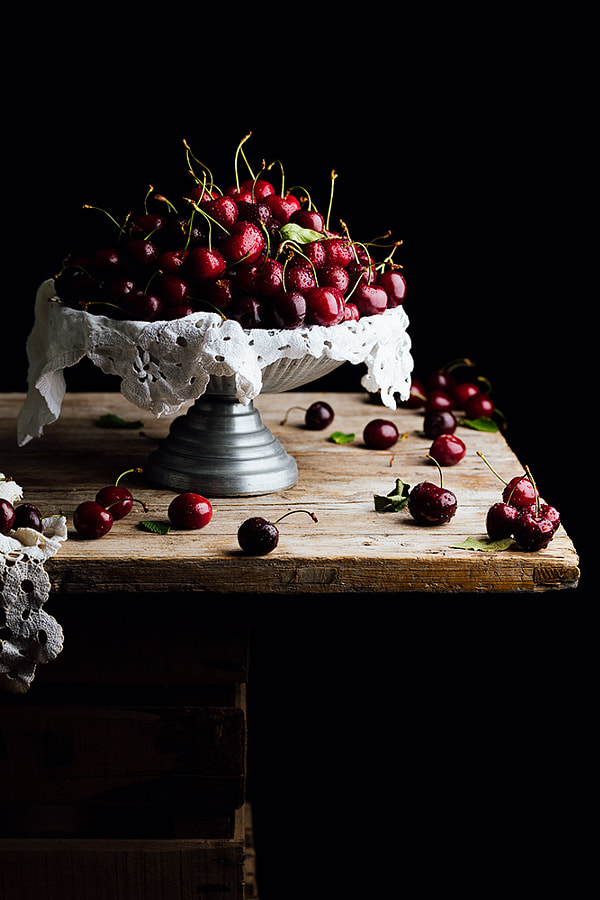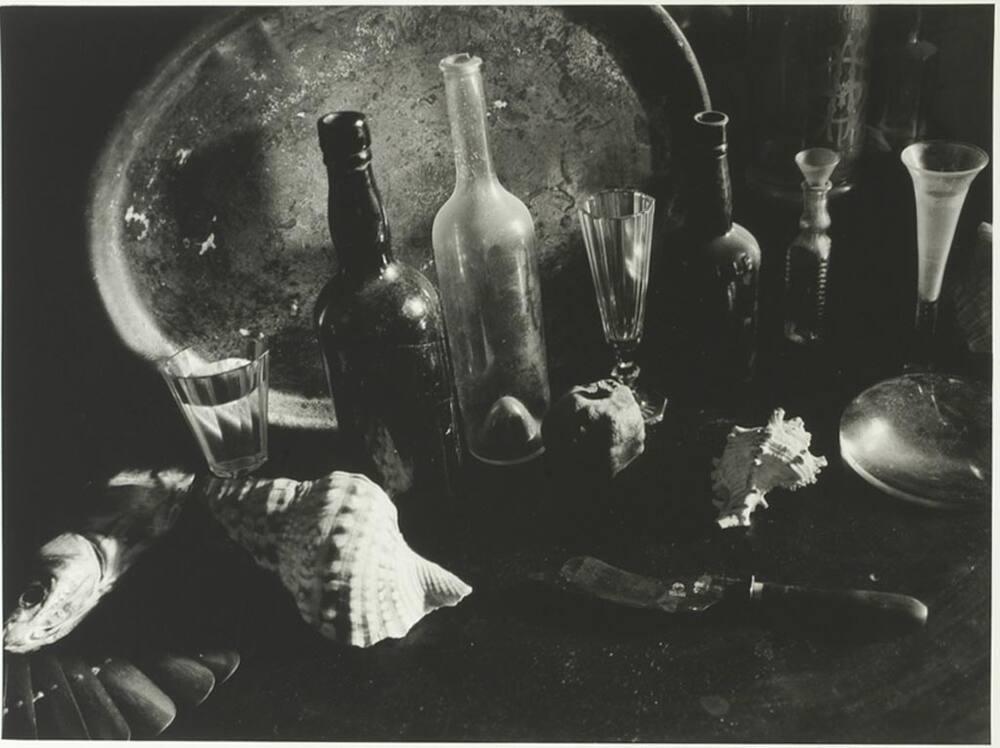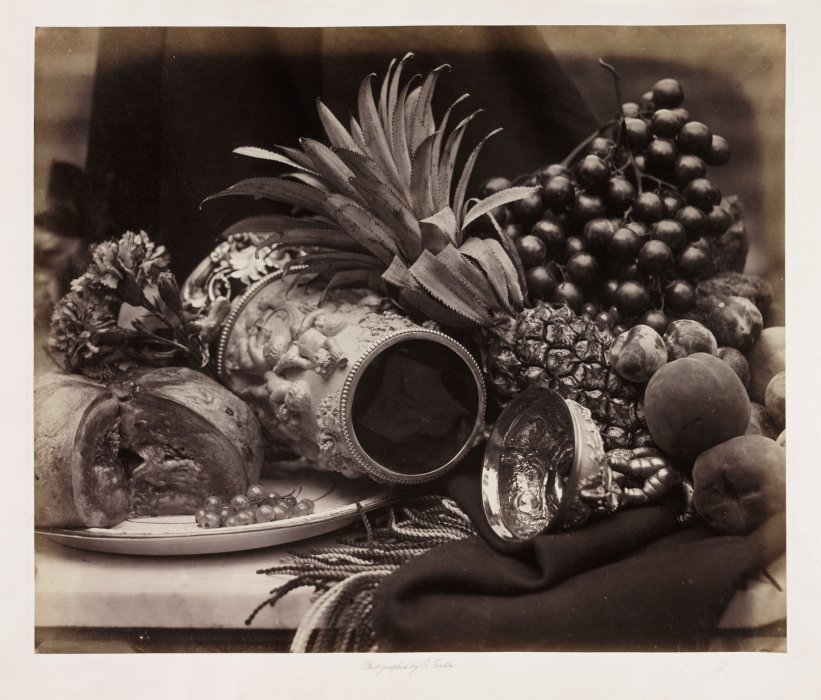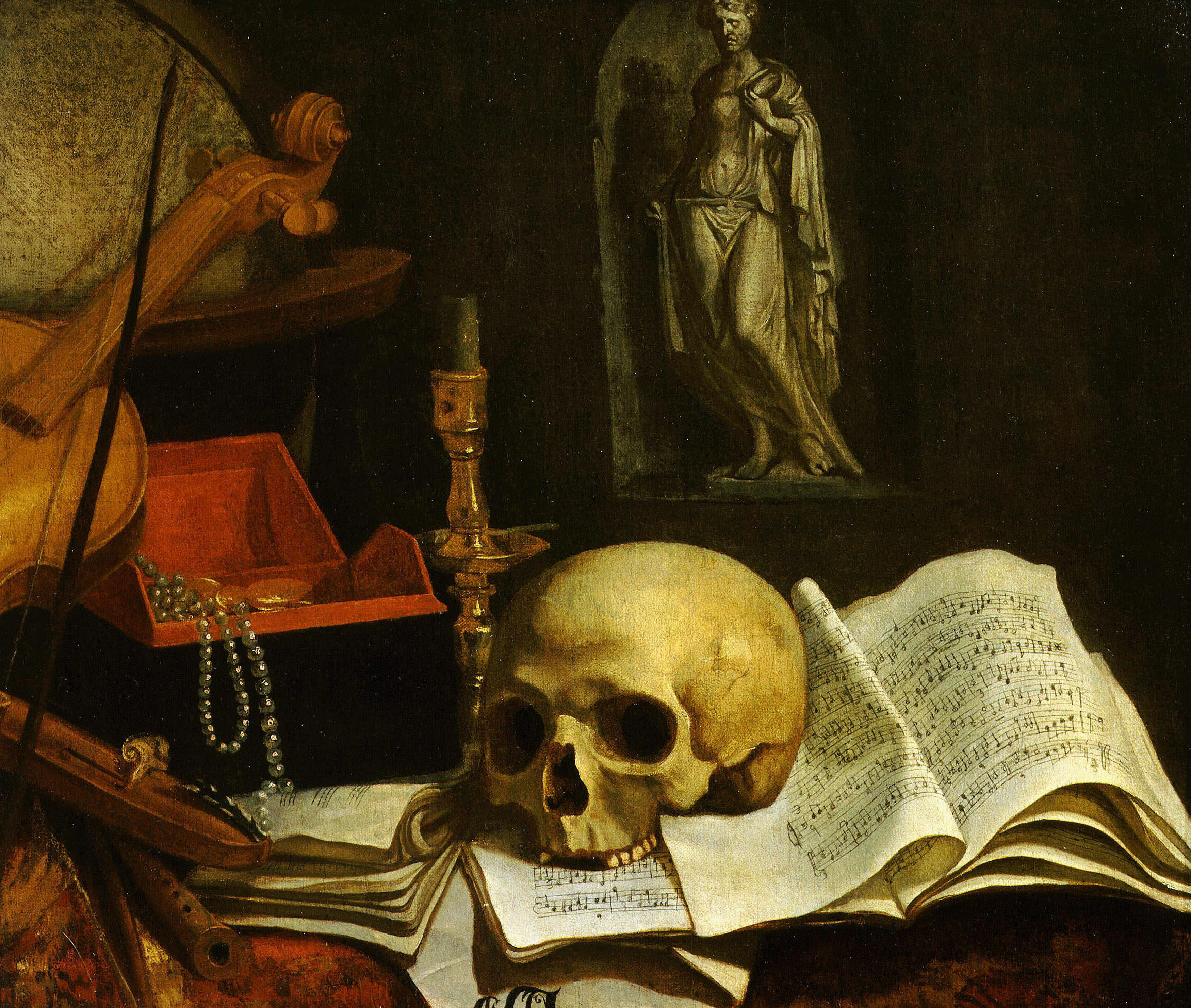STORY: What is your story?

What is a story?
A story is any account of a series of related events or experiences, whether non-fictional or fictional. Narratives can be presented through a sequence of written or spoken words, through still or moving images, or through any combination of these.
Stories can be described in:
- 3 words
- A sentence:
- A paragraph
NARRATIVE: How will you tell your story?
- Images > new photographic responses, photo-shoots
- Archives > old photos from family albums, iPhone
- Texts > letters, documents, poems, text messages
What does narrative mean?
Narrative is essentially the way a story is told. For example you can tell different narratives of the same story. It is a very subjective process and there is no right or wrong. Whether or not your photographic story is any good is another matter.
Narrative is constructed when you begin to create relationships between images and present more than two images together. Your selection of images (editing) and the order of how these images appear on the pages (sequencing) contributes significantly to the construction of the narrative. So too, does the structure and design of the photo-zine or photobook.

It is also essential that you identity what your story is first before considering how you wish to tell it. Planning and research are also essential to understanding your subject and there are steps you can take in order to make it successful.
There are many different types of narratives such as:
- Linear Narrative = A linear narrative presents the events of the story in the order in which they actually happened.
- Non-linear Narrative = presents the events of the story out of order, employing flashbacks and other literary devices to shift the chronology of a story.
- Quest Narrative = a story in which the protagonist works tirelessly toward a goal.
- Viewpoint Narrative = designed to express the points of view or subjective personal experience of the main character or other fictional characters in the story.
Other examples of narratives:
- Descriptive narrative = Descriptive narrative connects imagery, ideas, and details to convey a sense of time and place. They are used to create a sense of setting, of time and place and convey the mood and tone of said time and place (e.g. threatening, peaceful, cheerful, chaotic).
- Viewpoint narrative = Viewpoint narrative presents events or scenes to us so that we see understand them through narrators’ feelings, desires, beliefs or values.
- Historical narrative = Narration shows sequence of past events, cause and effect.
AUDIENCE: Who is it for?
Most image makers tend to overlook the experience of the viewer. Considering who your audience is and how they may engage with your photo-zine is important factor when you are designing/ making it.
- Reflect and comment on this in your specification (age group, demographic, social/ cultural background etc.)




